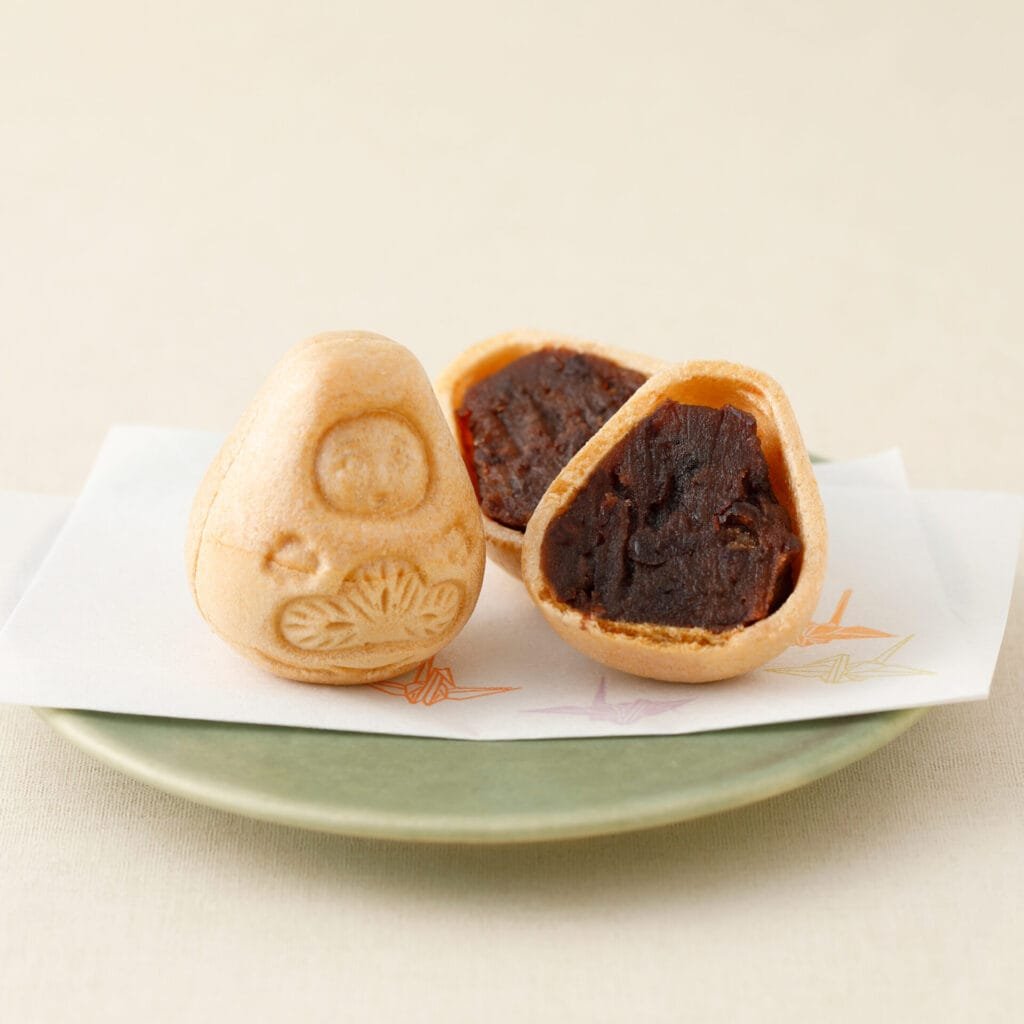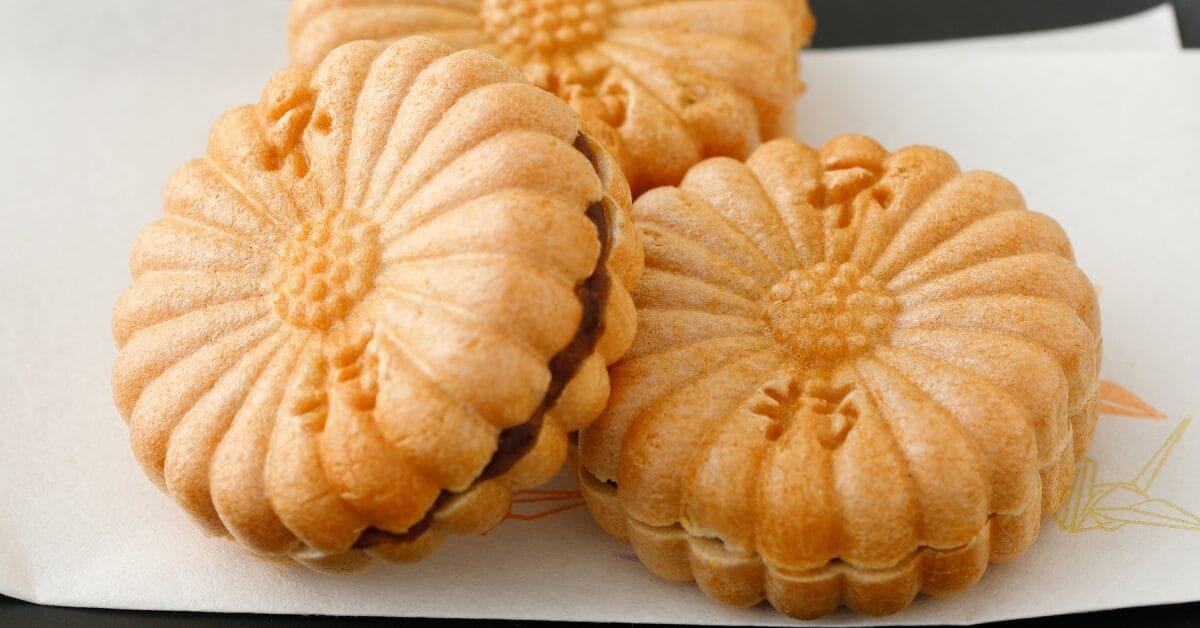The Art of Monaka: A Flavorful Journey Through Japanese Wagashi
Rediscovering Monaka: The Perfect Harmony of Wafer and Anko
Monaka, a traditional Japanese wagashi, continues to captivate many with its unique texture and flavor. At its core, monaka consists of a thin, crispy wafer sandwiching sweet anko (red bean paste), creating an exquisite taste experience.
The wafer, typically made from mochi rice, is baked thin to achieve its characteristic crispy texture. The filling, most commonly anko, comes in various types. The smooth koshi-an and the chunky tsubu-an are the two main varieties of red bean paste used in monaka. Koshi-an offers a refined sweetness with a silky texture, while tsubu-an provides a stronger red bean flavor with a more textured feel.
This combination of crispy wafer and smooth anko creates monaka’s greatest appeal. The contrast between the initial crunch of the wafer and the subsequent sweetness of the anko offers a unique experience unmatched by other wagashi.
Monaka holds a special place among Japanese sweets due to this perfect harmony of wafer and filling. Its diverse flavors and textures serve as an excellent medium for expressing Japan’s seasons and culture.
Mastering Monaka Wafers: Exploring Shape and Texture Diversity
Monaka wafers showcase a wide range of individuality through their shapes and baking methods. From traditional designs to modern creations, monaka wafers provide a canvas for wagashi artisans to display their creativity.
Shapes vary from classic round or square forms to those inspired by seasonal flowers or animals. For instance, you might find monaka shaped like cherry blossoms or sea bream, adding visual appeal to the taste experience.
The thickness and baking method of the wafer also influence its texture. Thinly baked wafers offer a crispier texture, while slightly thicker ones provide a more substantial bite. Some shops adjust these factors to create their unique texture.
Moreover, intricate patterns on the wafer’s surface add visual interest. From fine mesh patterns to seasonal motifs, the wafer itself can be a work of art.
Comparing Monaka: Enjoying Diverse Shapes and Flavors
To fully appreciate monaka’s charm, try comparing various shapes and flavors. Here are three distinctive monaka styles as examples :
Gourd-shaped monaka
The “Kuuya Monaka” from Ginza is famous for its gourd shape, considered auspicious in Japanese culture. Its thin, crispy wafer and perfectly balanced sweet anko filling make it a delightful treat.

Chrysanthemum-shaped monaka
The “Chrysanthemum Monaka” from Fukyuen in Nagoya is a prime example. Its delicate shape mimicking chrysanthemum petals offers visual beauty. The thin wafer provides an excellent contrast to the anko filling.

Character-shaped monaka
Shops like Urata in Kanazawa and Fumi-do in Obuse offer monaka inspired by local culture or cute characters. Urata’s monaka is shaped like “Kaga Hachiman Okiagari,” a traditional Kanazawa toy, expressing local culture through wagashi.
Also, Fumi-do in Obuse, Nagano, on the other hand, is known for its adorable bear-shaped monaka. They also offer a rabbit-shaped Miffy variant, appealing to both children and adults. These character-shaped monaka represent a modern twist on traditional wagashi.


Pairing Monaka with Tea: Enhancing Flavors Through Perfect Combinations
To elevate your monaka experience, consider pairing it with the right tea. Different teas can alter and enhance monaka’s flavor profile (more details about how to enjoy wagashi with green tea).
Green tea, especially sencha or kabusecha, pairs excellently with monaka. The tea’s refreshing aroma and slight bitterness complement monaka’s sweetness. Green tea’s catechins are also believed to aid digestion, providing a refreshing feel after the sweet treat.
Matcha pairs well with monaka filled with white bean paste. The deep flavor of matcha creates a perfect balance with the mild sweetness of white bean paste.
Hojicha, a roasted green tea, complements monaka filled with black sesame or chestnut paste, enhancing the overall nuttiness.
The tea’s temperature also affects the tasting experience. Hot tea emphasizes monaka’s sweetness, while cold tea accentuates its refreshing qualities. Experiment with different temperatures based on the season and your preference.
By trying various tea pairings with monaka, you can discover new flavors and gain a deeper appreciation for the world of wagashi.
Monaka, with its diverse shapes, fillings, and wafer textures, offers a deep dive into Japanese sweets. Comparing different styles from various shops can be a delightful journey of discovery. Seasonal limited editions also provide an opportunity to experience Japan’s changing seasons through wagashi.
Through monaka, we hope you can appreciate the depth of traditional Japanese confectionery culture and the creativity of wagashi artisans. Savor the thought and skill poured into each monaka as you explore the rich world of wagashi.
